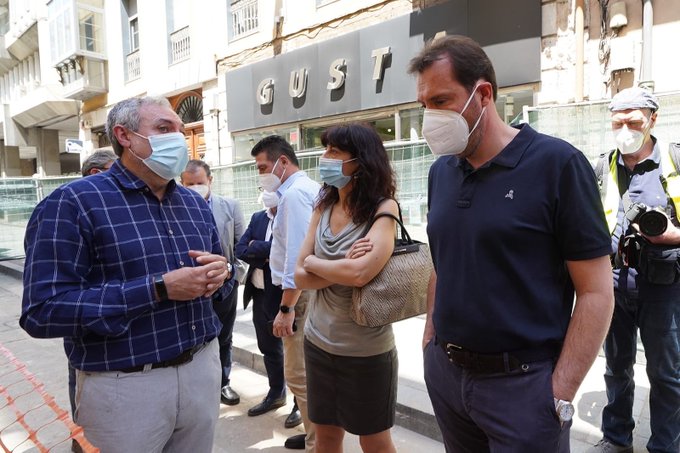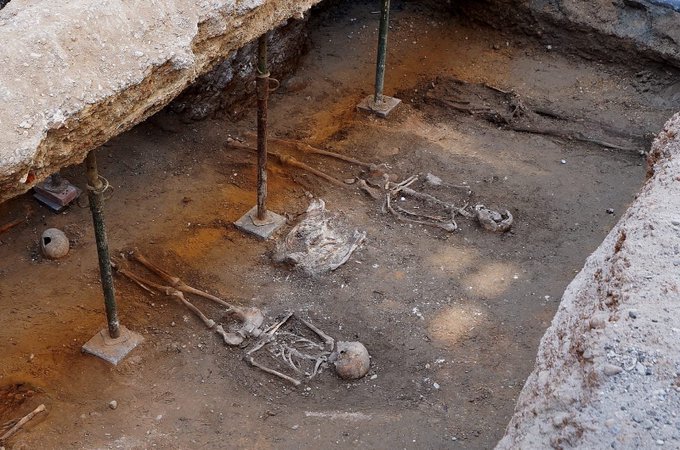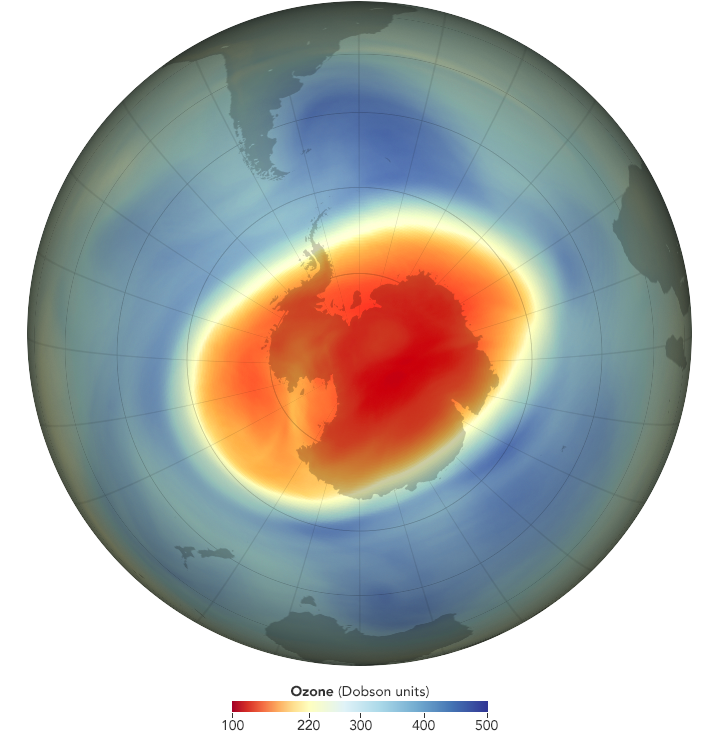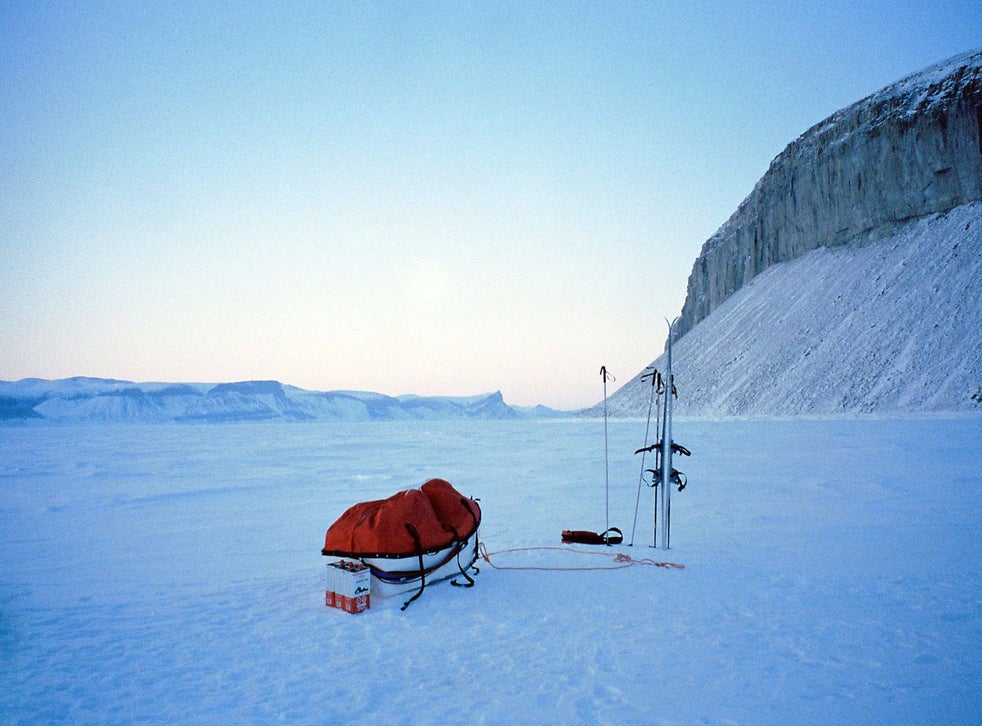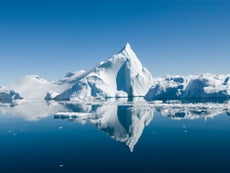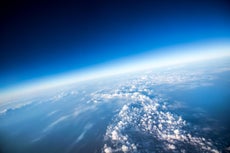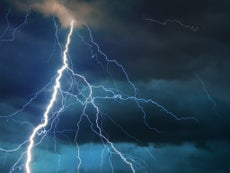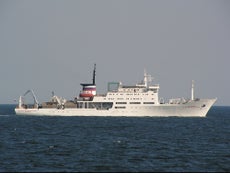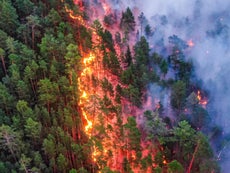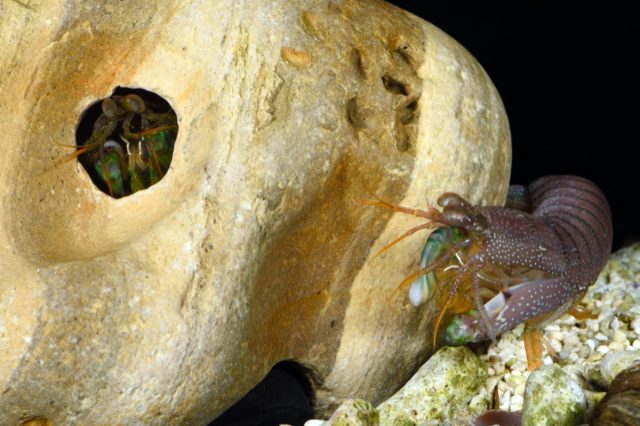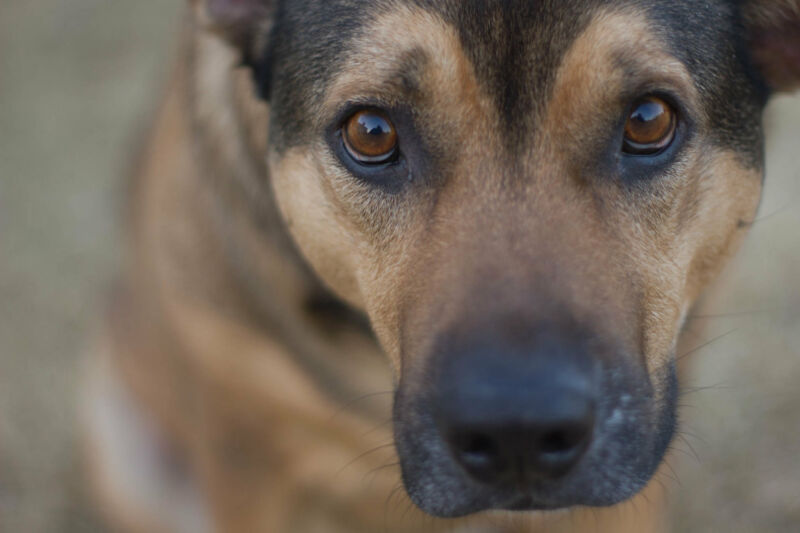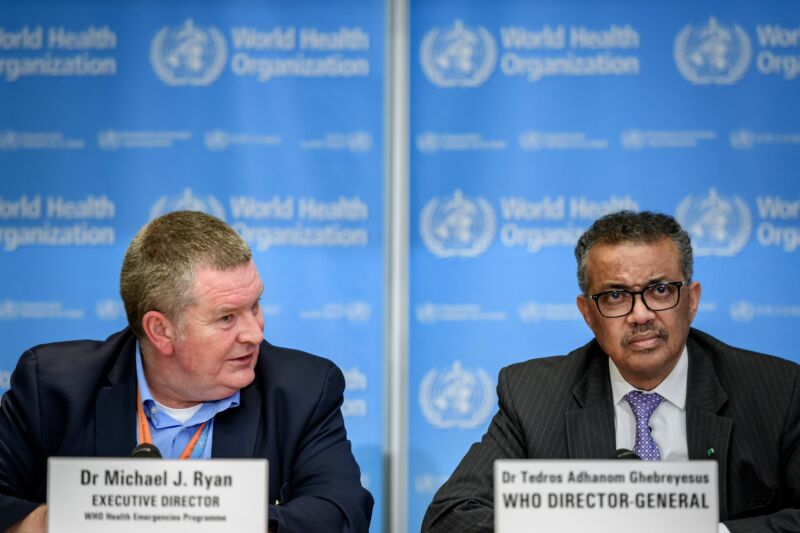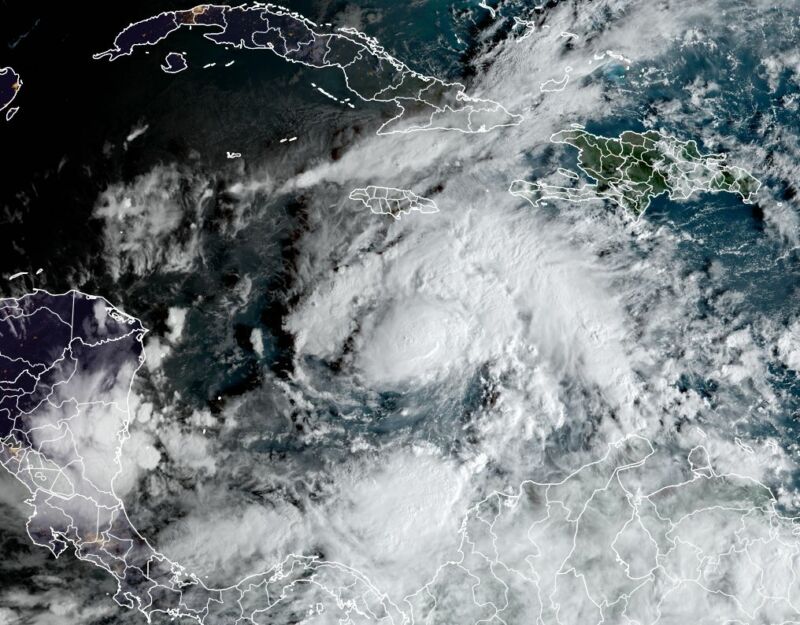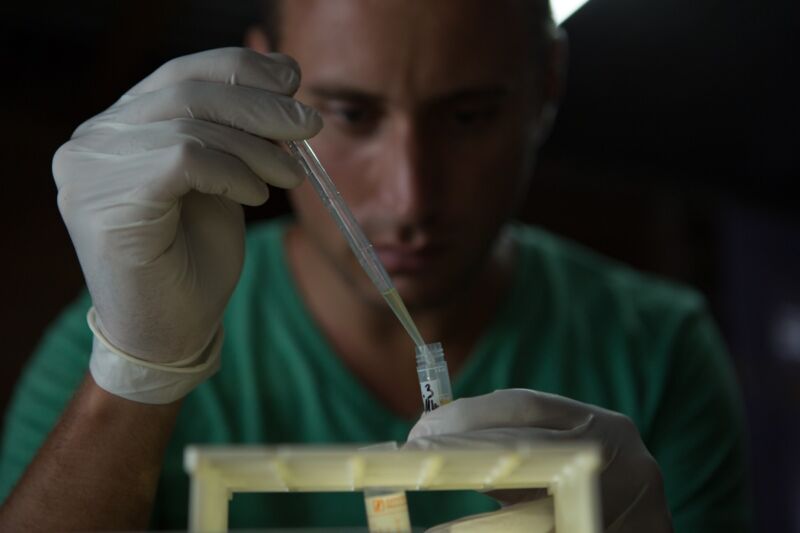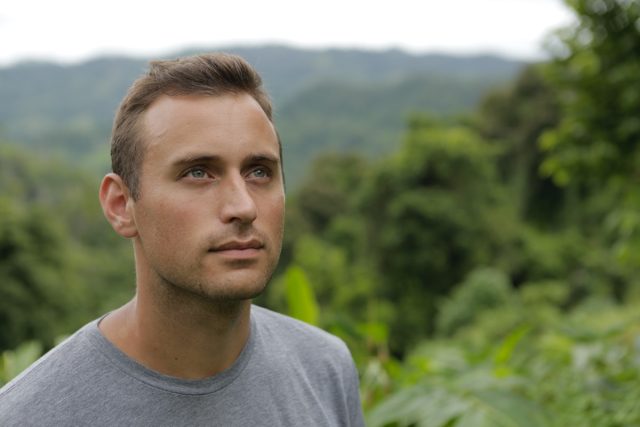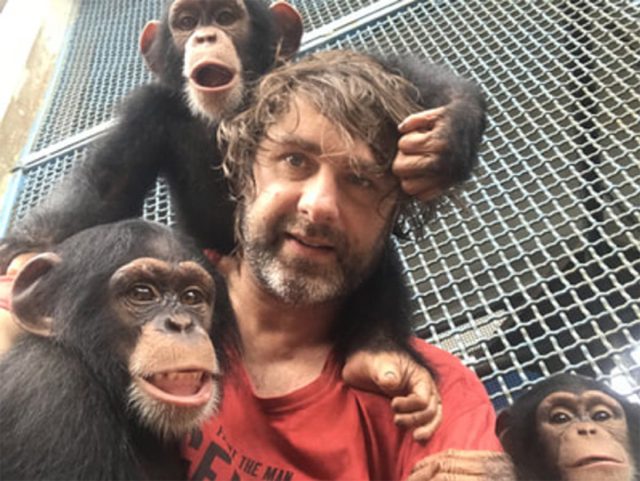Search for Irish chieftain’s skeleton continues in Spain more than 400 years after his death
The hunt for the skeleton of Red Hugh O’Donnell continues
Red Hugh O’Donnell fought English rule in Ireland and died in exile. He was in Valladolid, then the capital of Spain, when he died in 1602.
An excavation began earlier this year to uncover the so-called Chapel of Wonders where O’Donnell was buried. The chapel was once part of a Franciscan monastery that was leveled in the 19th century.
The dig attracted attention when skeletons were discovered at the site, but analysis has revealed they pre-date the century when Red Hugh died, according to Carlos Burgos, a spokesman for the Hispano-Irish Association, which is conducting the excavation. “We are going to try under the bank building that is above the chapel,” he told Fox News on Friday.
THE HUNT FOR RED HUGH: ARCHAEOLOGISTS IN SPAIN SEARCH FOR 16TH-CENTURY IRISH CHIEFTAIN'S BONES
The chapel was also once the burial place of Christopher Columbus.
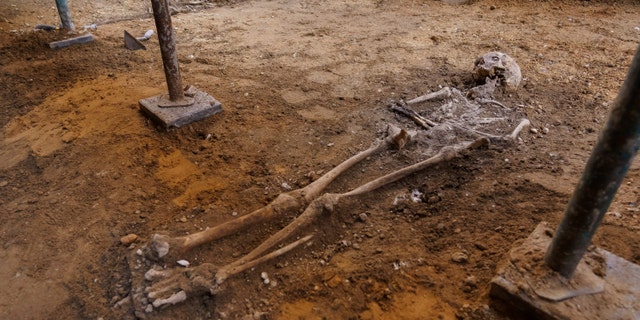
Picture shows human skeletons found in an archaeological excavation carried out by the Hispano-Irish Association in a ruined chapel in Valladolid, that expects to identify the remains of the Irish rebel lord Red Hugh O'Donnell, on May 28, 2020. (Photo by CESAR MANSO/AFP via Getty Images)
Valladolid mayor Oscar Puente has been documenting the search for Red Hugh on his Twitter account. Earlier this year, the excavation site was also visited by the Irish ambassador to Spain, Síle Maguire.
Born into a noble family, Red Hugh O’Donnell is known as ‘Red Hugh’ as a result of his Irish family name “Ruadh O’Domnhaill” – “Ruadh” is the Irish word for red.
A rebel leader, O’Donnell fought in the Nine Years' War against the English in Ireland, which began in 1593. In 1601 after English forces defeated O’Donnell and allied Spanish troops in the battle of Kinsale, he left Ireland, according to the Ask about Ireland website. The nobleman traveled to Spain to request further help from King Philip III, but, nine months later, he was struck down by illness and died, the website explains. He was 30 years of age.
FACIAL RECONSTRUCTION PROVIDES GLIMPSE OF PRIEST WHO DIED 900 YEARS AGO
A vital clue in identifying the rebel leader is that his skeleton will be missing the big toe on each foot, according to the BBC. O’Donnell lost the toes to frostbite while escaping English forces during the winter of 1591, the Irish Times reports.
Friday marked the 448th anniversary of Red Hugh’s birth, an event marked by a joint Irish and Spanish Zoom press conference.
La visita de hoy a la excavaciones en la calle Constitución, junto con la Comisión Territorial de Patrimonio, nos ha mostrado los avances y apuntado las posibilidades de seguir progresando con la indagación.


